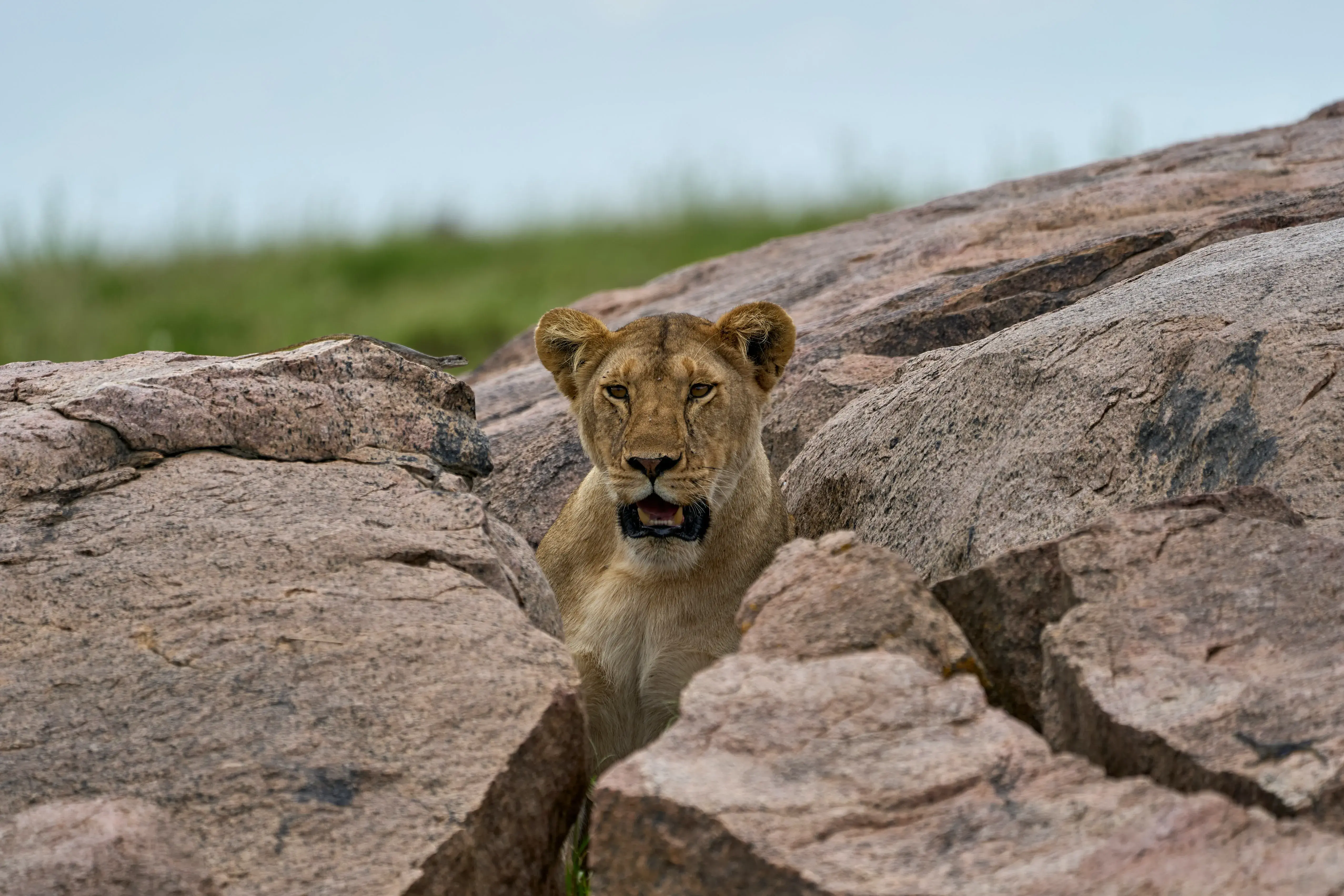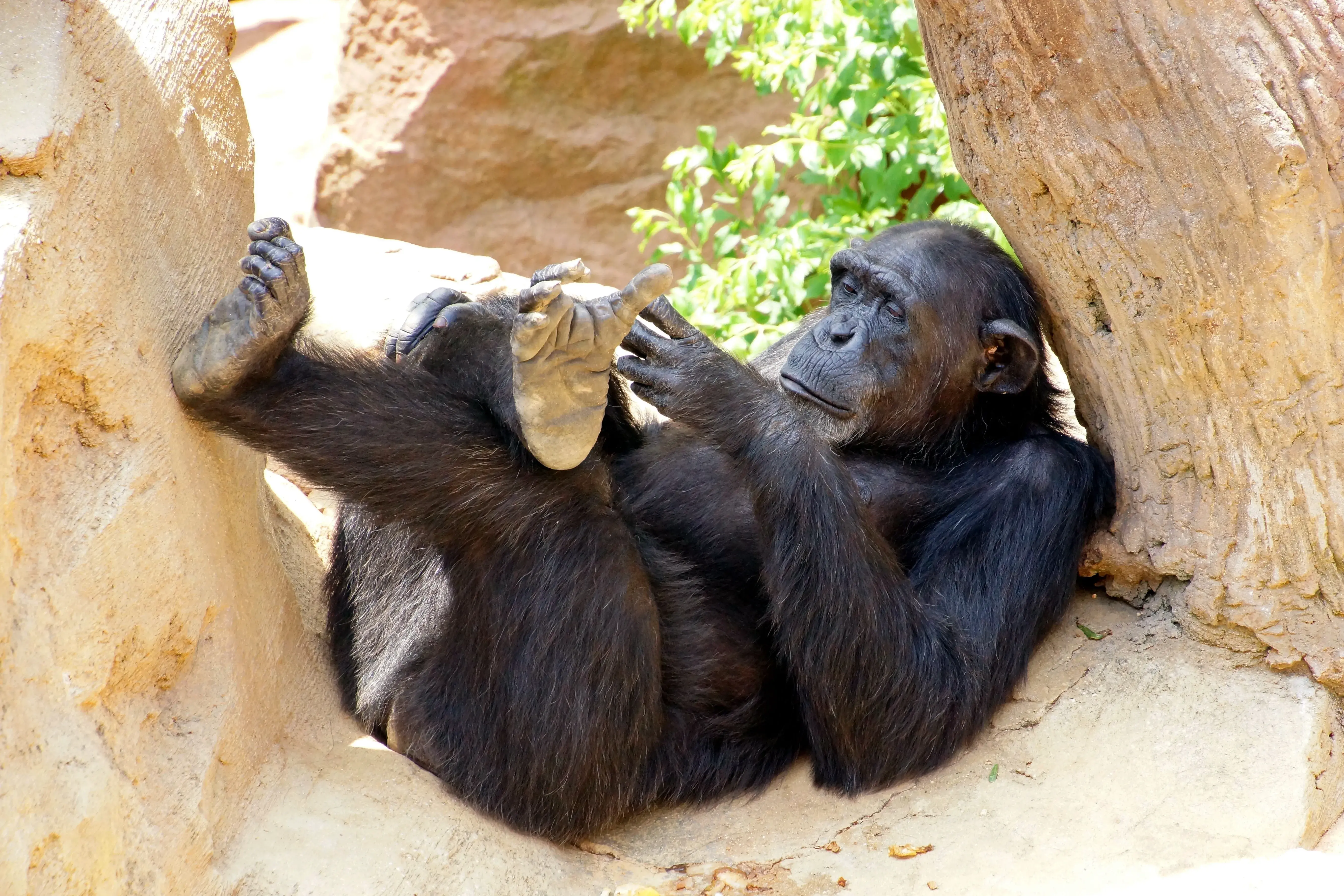
Tarangire National Park
Tarangire National Park Welcome to one of Africa’s most underrated parks. Thanks to its proximity to the Serengeti and Ngorongoro, Tarangire National Park is usually assigned only a day visit as part of a larger northern circuit safari. We think it deserves a whole lot more, at least in the dry season.
It’s a place where elephants dot the plains like cattle, and where lion roars and zebra barks fill the night, all set against a back-drop of constantly changing scenery.
Tarangire has the second-highest concentration of wildlife of any Tanzanian national park (after Serengeti) and reportedly has the largest concentration of elephants in the world. The Tarangire ecosystem, with the park as its heart and soul, also has more than 700 resident lions, and sightings are common. Less visible, but nonetheless present, are leopards and cheetahs. What sustain them are large herds of zebras, wildebeest, giraffes, buffaloes and other herbivores. With more than 450 bird species, some say that Tarangire is the best bird-watching destination in Tanzania.
But this is one place where the wildlife tells only half the story. Dominating the park’s 2850 sq km, the great stands of epic baobabs should be reason enough to come here, but there are also sun-blistered termite mounds in abundance, as well as grassy savannah plains and vast swamps. And cleaving the park in two is the Tarangire River, its meandering course and (in some places) steep riverbanks providing a dry-season lure for so many stirring wildlife encounters.
Come the short rainy season, and the park changes completely, as its wild inhabitants disperse across the Maasai Steppe, over an area 10 times larger than the park.
This, too, is a Tarangire specialty: one of the park’s greatest rewards is the chance to discern and tune into the seasonal rhythms of wild Africa.
Activities
Wildlife Drives
The northern triangle bordered by the park boundaries to the northeast and west, and by the Tarangire River and Tarangire Safari Lodge in the south, offers the most easily accessible as well as some of the most rewarding wildlife areas of the park. Amid a varied habitat of open plains and light woodland, you’ll find elephants, zebras and wildebeest in abundance in this baobab-rich region, with predators, particularly lions, also a possibility.Further south, wildlife draws near to the water all along the Tarangire River valley that cuts the park in two, while the swamps of Silale, Lormakau and Ngusero Oloirobi are alive with possibility as predators lie in wait in the shallows whenever herbivores come to drink. This chain of swamps runs north–south through the park, beginning just west of the Tarangire Sopa Lodge. Gurusi Swamp, in the park’s southwestern bulge, is another rich wildlife area.















